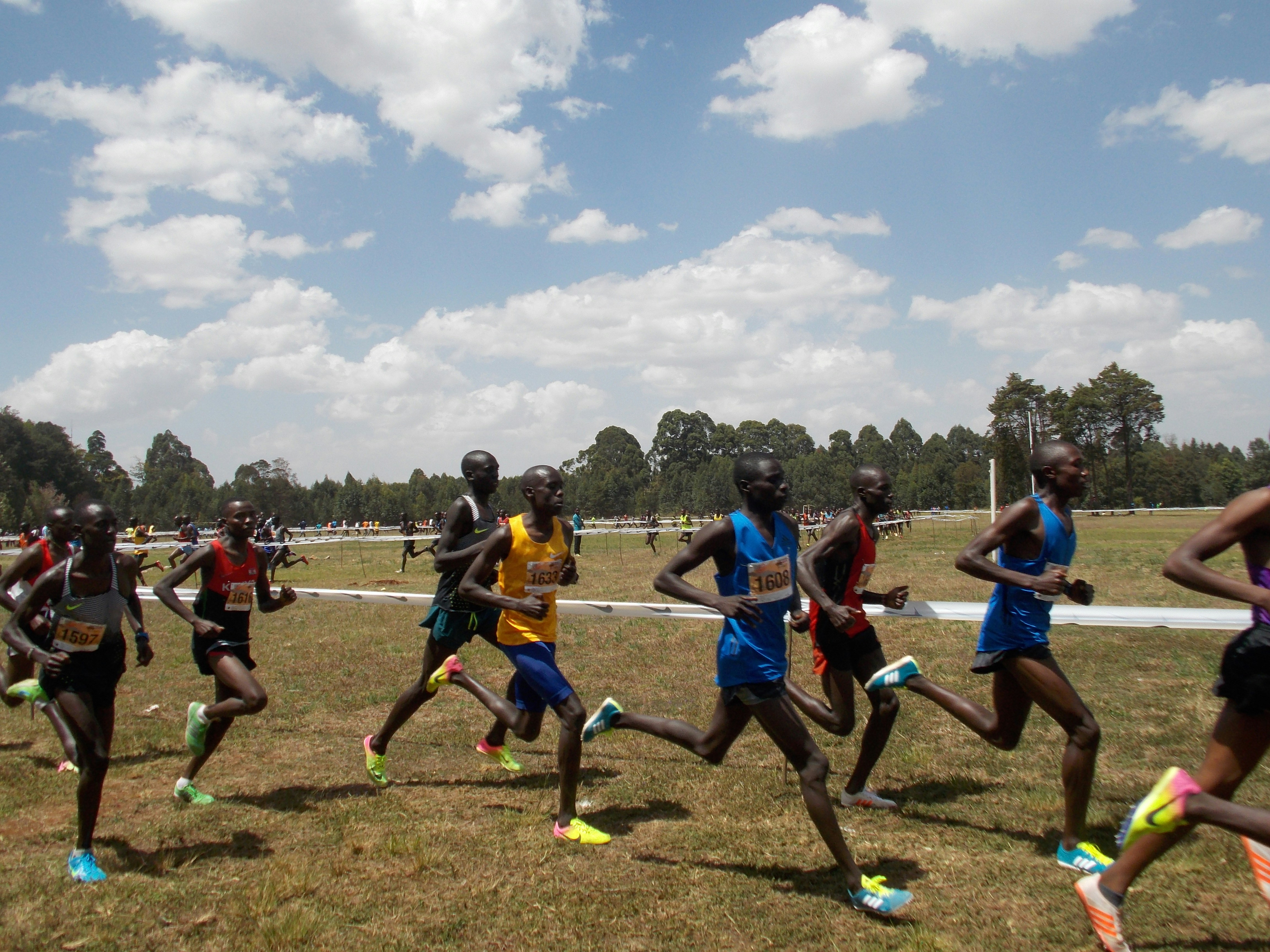Local Ecosystems: Shaping Elite Athlete Performance and Team Success
In the world of sports, the spotlight often shines on athletes and their remarkable feats, yet seldom do we consider the hidden factors that contribute to their success. One of the most fascinating and often overlooked elements shaping the performance of elite athletes and teams is their local ecosystems. The interplay between geographic locations, altitude, climate, and even the surrounding flora and fauna can significantly influence training regimens, recovery strategies, and overall athletic performance. By diving into these intricate relationships, we unveil the unseen influence of local ecosystems on elite sports.
The Role of Geography in Athletic Success
Geographic locations act as a backdrop to athletic development, offering unique features that can either bolster or hinder performance. For example, training at high altitudes—like in Boulder, Colorado—allows athletes to acclimatize to lower oxygen levels. This adaptation is crucial for endurance sports, as athletes develop a greater number of red blood cells, thus enhancing their oxygen-carrying capacity. Similar altitude training can be found in the Swiss Alps or in the picturesque landscapes of Ethiopia, where distance runners are famous for their unbeatable prowess.
Similarly, geographic factors influence how teams perform during competitions. Consider how home-field advantage can be amplified by local weather conditions. For instance, a soccer team accustomed to rain and mud at its home stadium may have an edge over teams that thrive in sunnier, drier conditions. Understanding these geographical influences can provide strategic insights when preparing for upcoming games, allowing coaches to optimize their teams’ performance based on local environmental conditions.
Climate: The Invisible Training Partner
Climate extends beyond geography; it encapsulates seasonal patterns, temperatures, and even humidity levels. It's not a mere coincidence that certain sports thrive in specific climates. For instance, sports like swimming and surfing are often associated with coastal regions, while winter sports such as skiing and snowboarding flourish in colder environments.
Training in a climate similar to competition settings can provide athletes with significant advantages over their opponents. Australian athletes, who face the heat during summer competitions, often prepare for the worst conditions, helping them adapt quicker than their competitors from cooler climates. This adaptation process is an essential component of sports science, highlighting the detailed understanding athletic teams need to cultivate when preparing for competitions.
Considering these elements, the science behind acclimatization gained attention during the 2020 Tokyo Olympics, where athletes had to cope with unprecedented heat and humidity. Pre-game strategies included adapting training schedules to mirror expected competition conditions, emphasizing the importance of climate in athletic performance.
Local Fauna: A Wild Card in Training
Another captivating aspect of local ecosystems is the influence of local wildlife. Regional fauna can impact training in several unexpected ways. In certain areas, local creatures like birds and insects might serve as distractions or motivators. For instance, the world-class cyclists of the Dutch flatlands often train alongside flocks of geese that unfailingly reshape the daily training routine. Cyclists must adapt their pace and strategy based on the unpredictable movements of these animals, thereby sharpening their focus and agility.
Team dynamics can also be influenced by the presence or absence of local wildlife. Sports psychologists have noted that athletes performing in nature-rich environments may exhibit improved mental well-being, reducing the likelihood of burnout and enhancing overall performance. These nuanced interactions demonstrate that understanding one's environment extends far beyond physical attributes—it extends into mental and psychological realms, complementing the sports training experience.
Case Studies: Teams Thriving in Local Environments
To illustrate how local ecosystems impact elite athletes and teams, let's take a closer look at two case studies: the Kenyan long-distance runners and the Jamaican sprinters.
Kenyan Long-Distance Runners
The success of athletes from Kenya, particularly in long-distance events, is often attributed to their high-altitude training in the Rift Valley. Here, athletes benefit from thinner air that forces their bodies to adapt, resulting in enhanced aerobic capacity. The unique topography provides not only an elevation but also diverse terrains that athletes use for various training methods, from endurance runs to sprinting hills. Notably, this region hosts training camps frequented by elite athletes from around the world who are keen to capitalize on these natural advantages and return home with improved performance metrics.
Jamaican Sprinters
Contrastingly, Jamaican sprinters are celebrated for their explosive speed and strength, thanks in part to their training conditions. The high heat and humidity of the Jamaican climate may appear challenging; however, it simulates the stress of high-pressure competitions, allowing athletes to build resilience. Additionally, the cultural significance of sprinting in Jamaica fuels a community-wide dedication to the sport, creating a supportive environment that enhances motivation and performance. Schools across the island foster competitive spirit, exemplified in events like the annual ISSA National Championships, which helps groom the next generation of champions.
Conclusions from the Research
Scientific studies have underscored the importance of local ecosystems in athletic performance. Research published in the Journal of Sports Sciences identified that athletes training at higher altitudes performed better in endurance sports due to physiological adaptations associated with lower oxygen levels. Similarly, a study from the International Journal of Environmental Research and Public Health emphasized how exposure to natural environments could lower stress levels and enhance recovery.
On a broader level, these findings affirm the need for teams to consider their local ecosystems when developing training protocols. With a deep understanding of the geographic and climatic factors influencing performance, coaches can tailor their strategies to exploit local advantages fully.
Tactics, Technologies, and Transformation
The integration of technology into training regimens has also become pivotal. Wearable technology now allows athletes and coaches to gather data on performance metrics, enabling teams to adjust tactics based on environmental conditions and physiological response. Such tech-savvy approaches help athletes assess hydration levels, heart rate, and oxygen saturation, providing real-time feedback to adapt training for optimum performance.
Additionally, team strategists can analyze crowd psychology and its effect on performance, leveraging local support to bolster the home advantage. The passion and expectancy from hometown fans often uplift athletes, allowing them to push the limits of their capabilities. The influence of an enthusiastic crowd during games cannot be overstated and reflects the significance of local culture in shaping athletic performance.
Final Thoughts: Embracing Local Influences
The link between local ecosystems and elite athlete performance is a vital consideration for coaches, athletes, fans, and analysts alike. Whether trained in arid deserts or lush green hills, athletes are shaped by the environments surrounding them. In exploring these connections, we uncover the importance of adapting training methodologies to harness the advantages offered by local ecosystems.
Coaches are encouraged to investigate the physiological, psychological, and cultural factors influencing their athletes' training environments. Leveraging cutting-edge sports sciences can help teams truly understand the unseen influences at play. By intertwining strategic adaptations with the rich tapestry of local environments, elite athletes can unlock their full potential while promoting a deeper appreciation for the natural systems that shape sports culture.
As we gain a clearer perspective on these dynamics, we can forge pathways toward enhanced performance—revealing that sometimes, the road to victory begins not just on the field, but in the ecosystems that envelop it.
SEO Meta Description:
Explore how local ecosystems shape elite athlete performance and team success, revealing the unseen interactions between geography, climate, and training environments.
Internal Links to Explore further:
- Wearing History: The Evolving Role of Sports Uniforms as Cultural Symbols
- Beyond the Playbook: How Culture Drives Fan Loyalty in Sports
External Resources to Reference:
- For further insights on the impact of local ecosystems: Harvard Business Review
- A comprehensive look at the science of performance: Journal of Sports Sciences













